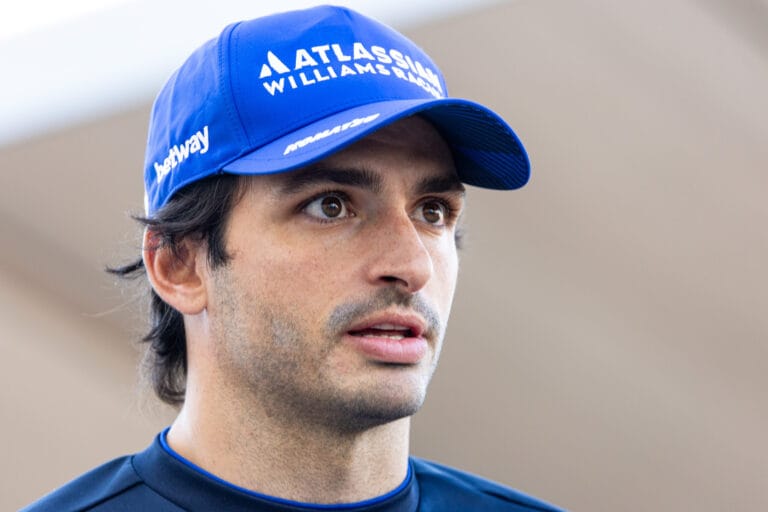The FIA is introducing new technical regulations in Formula 1 in 2026. The current chassis will be overhauled, but there will also be significant changes under the hood. Teams will have to build new, advanced hybrid engines, where power is distributed between a battery and a combustion engine. According to the FIA, these will together produce so much power that the engines will be dialed back on certain circuits.
The new rules bring about drastic changes to the powertrain, chassis, and tires. Auto, Motor und Sport was given insight into the plans by FIA director Nikolas Tombazis, including the new hybrid engines – possibly the most drastic change in recent Formula 1 history. The German medium reports that the new powertrain delivers at least 400 kW (545 hp) from the combustion engine and at least 350 kW (475 hp) from the electric motor. Together, they produce over 1000 hp.
To power such a strong electric motor, a lot of recuperation is needed – both the brake and the combustion engine must recover a lot of energy. As a result, energy management becomes an essential part of race and qualifying sessions, Tombazis confirmed: “As the electric component of the drive increases relative to the combustion engine, energy management will become a major challenge. Ultimately, this will lead to innovations in the field of electric drive.”
FIA Vigilant for 2026
Because the new engines are so powerful, teams will not always be allowed to drive at full throttle. Without restrictions, speeds of up to 400 km/h would be possible, with all the consequences that entails. Therefore, the power on fast circuits – such as Monza and Silverstone – will be gradually reduced. There will be specific energy limits for each circuit, including how much energy can be recovered. In Monaco and Singapore, there will be a hard limit; cars will have less power there through a special mode.
Electrification of Formula 1: New Opportunities
The electrification of Formula 1 also brings new opportunities. For instance, DRS will disappear from 2026. Instead, drivers will be allowed to deploy an electric boost when they are within one second of their predecessor at a certain point. The power of this boost will be determined later and will again vary per circuit. “It is currently being fine-tuned with the drivers in the simulator,” says Tombazis. “There are similarities with DRS, but also differences. We don’t want to make overtaking too easy or too difficult. The parameters will not be the same everywhere.”
Introduction of a New Override Function
The FIA will introduce a new override function in the cockpit in 2026; instead of DRS, drivers will receive an electric boost to facilitate overtaking.








